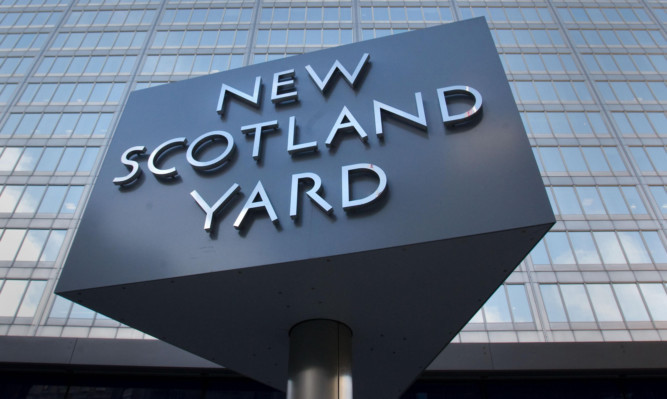Undercover police officers working for Britain’s largest force used the identities of dead children and issued fake passports in their names, it has been claimed.
The Metropolitan Police authorised the practice for covert officers infiltrating protest groups without consulting or informing the children’s parents, the Guardian reported.
Over three decades generations of officers went through national birth and death records in search of suitable matches, the newspaper said. The creation of aliases resulted in officers being issued with official documents such as driving licences and national insurance numbers.
Scotland Yard said the practice was not “currently” authorised. It also announced an investigation into “past arrangements for undercover identities used by SDS (Special Demonstration Squad) officers”.
The practice was allegedly adopted to lend credibility to officers working undercover and provide them with a back story while spying.
One officer, who adopted the fake persona of Pete Black while undercover in anti-racist groups, told the Guardian he felt he was “stomping on the grave” of the four-year-old boy whose identity he used.
“A part of me was thinking about how I would feel if someone was taking the names and details of my dead son for something like this,” he said.
Another officer, who used the identity of a child car crash victim, said he was conscious the parents would “still be grief-stricken” but argued his actions could be justified because they were for the “greater good”.
Both officers worked for the Special Demonstration Squad (SDS), which was apparently disbanded in 2008.
A document seen by the newspaper indicated around 80 officers used such identities between 1968 and 1994, it was reported.
A Scotland Yard spokesman said: “A formal complaint has been received which is being investigated by the DPS (Directorate for Professional Standards) and we appreciate the concerns that have been raised.
“The DPS inquiry is taking place in conjunction with Operation Herne’s investigation into the wider issue of past arrangements for undercover identities used by SDS officers.
“We can confirm that the practice referred to in the complaint is not something that would currently be authorised in the MPS (Metropolitan Police Service).
Keith Vaz, the chairman of parliament’s home affairs select committee, which will hear evidence about undercover policing tomorrow, said he was shocked at the “gruesome” practice.
He told the Guardian: “It will only cause enormous distress to families who will discover what has happened concerning the identities of their dead children.”
